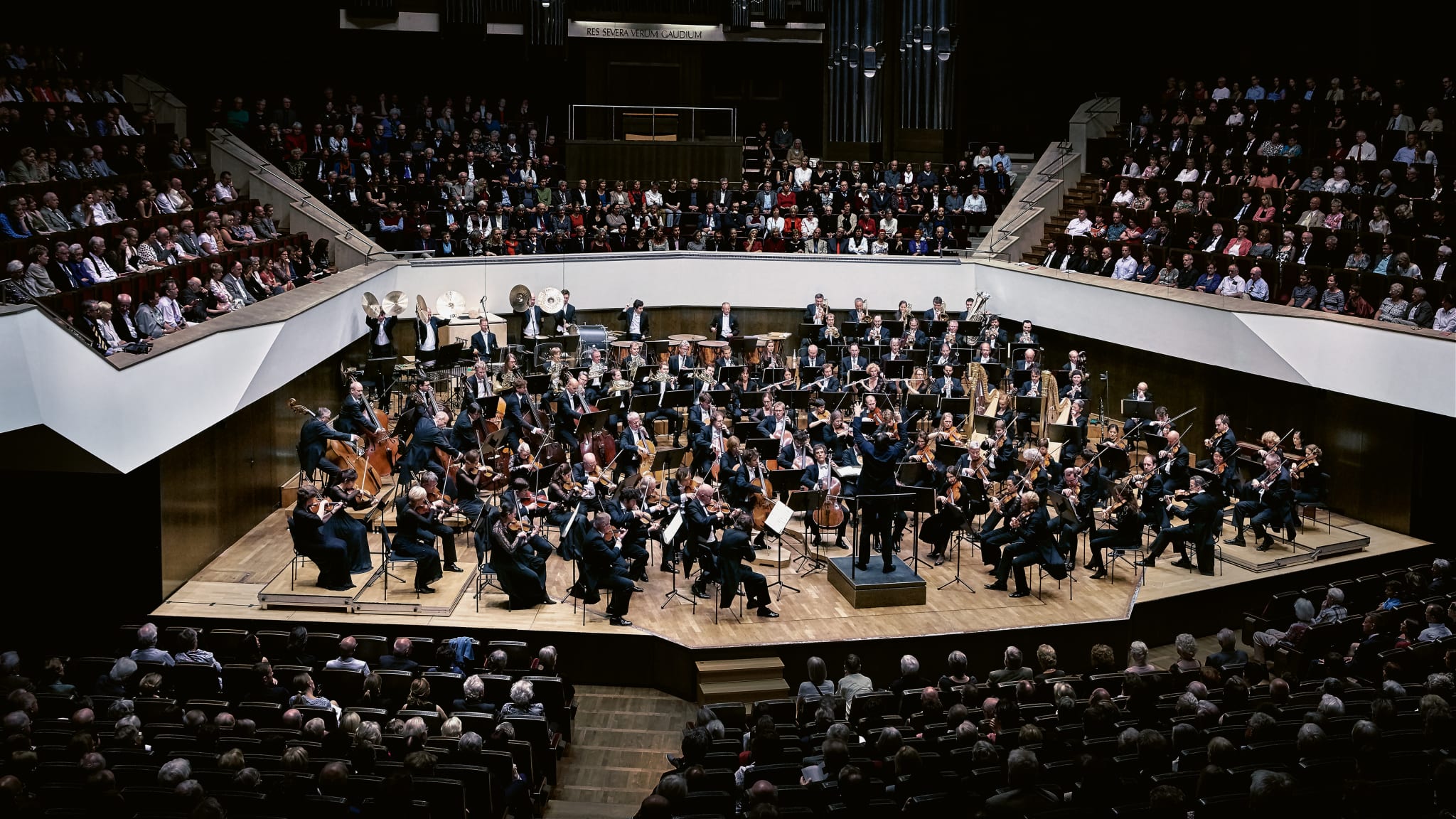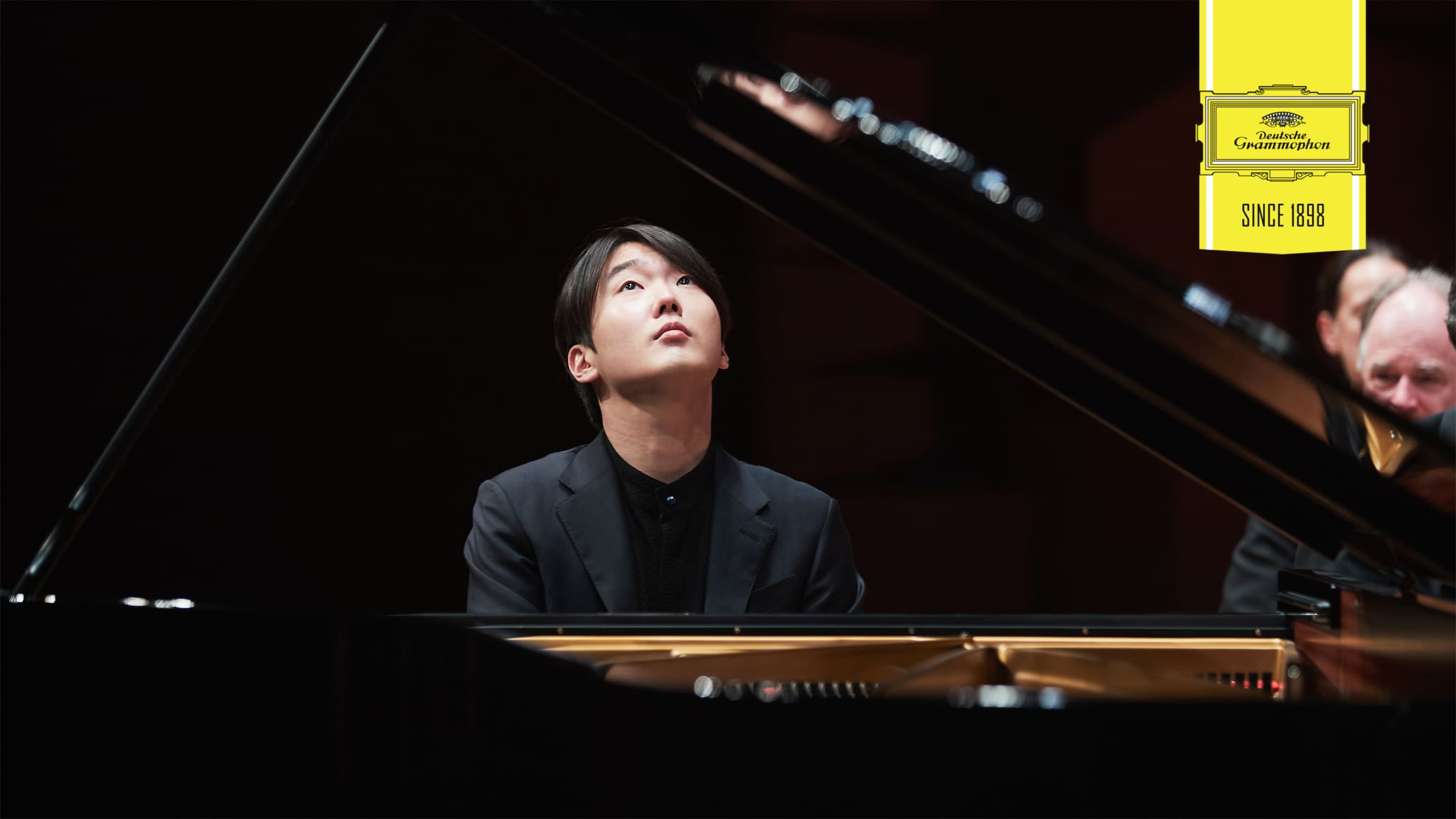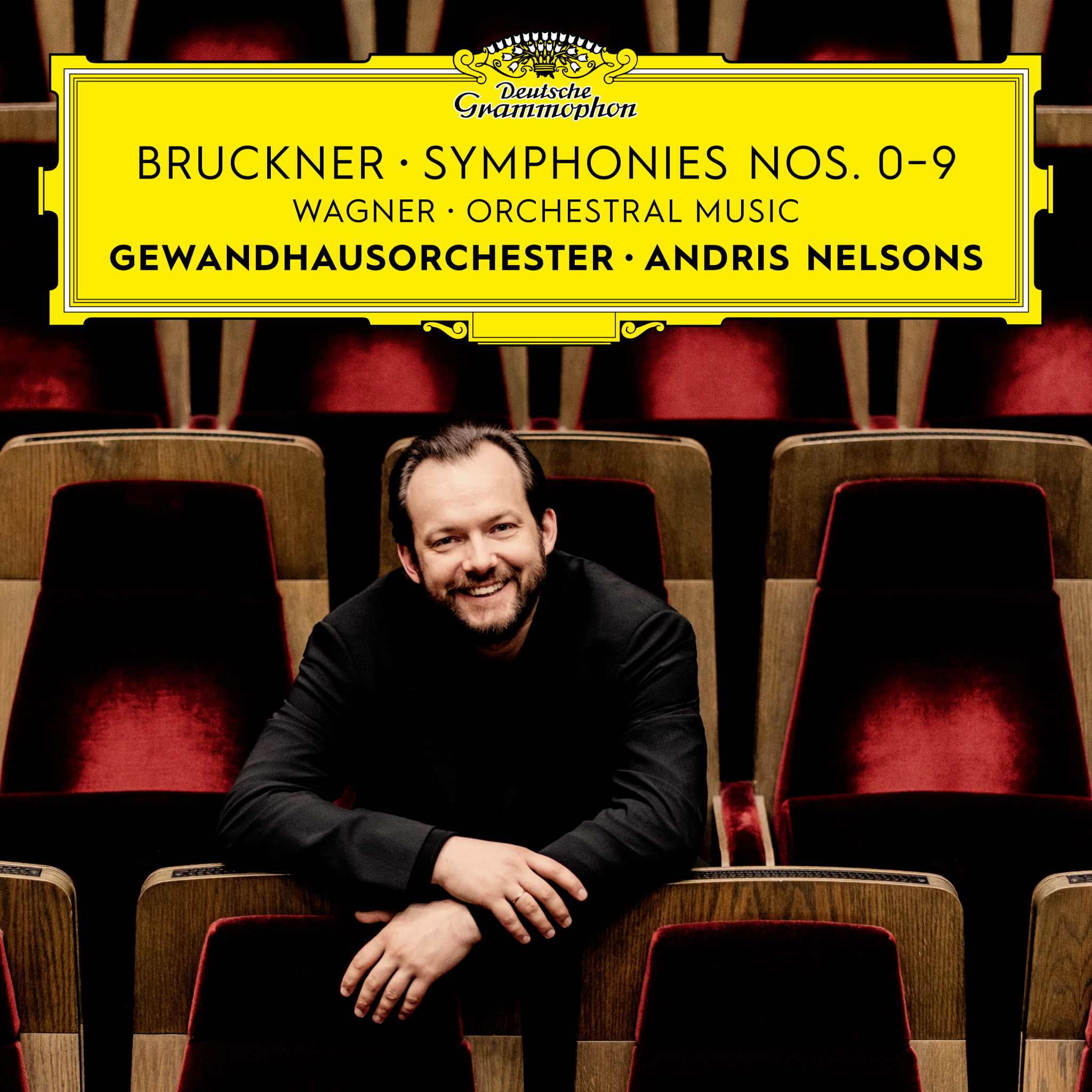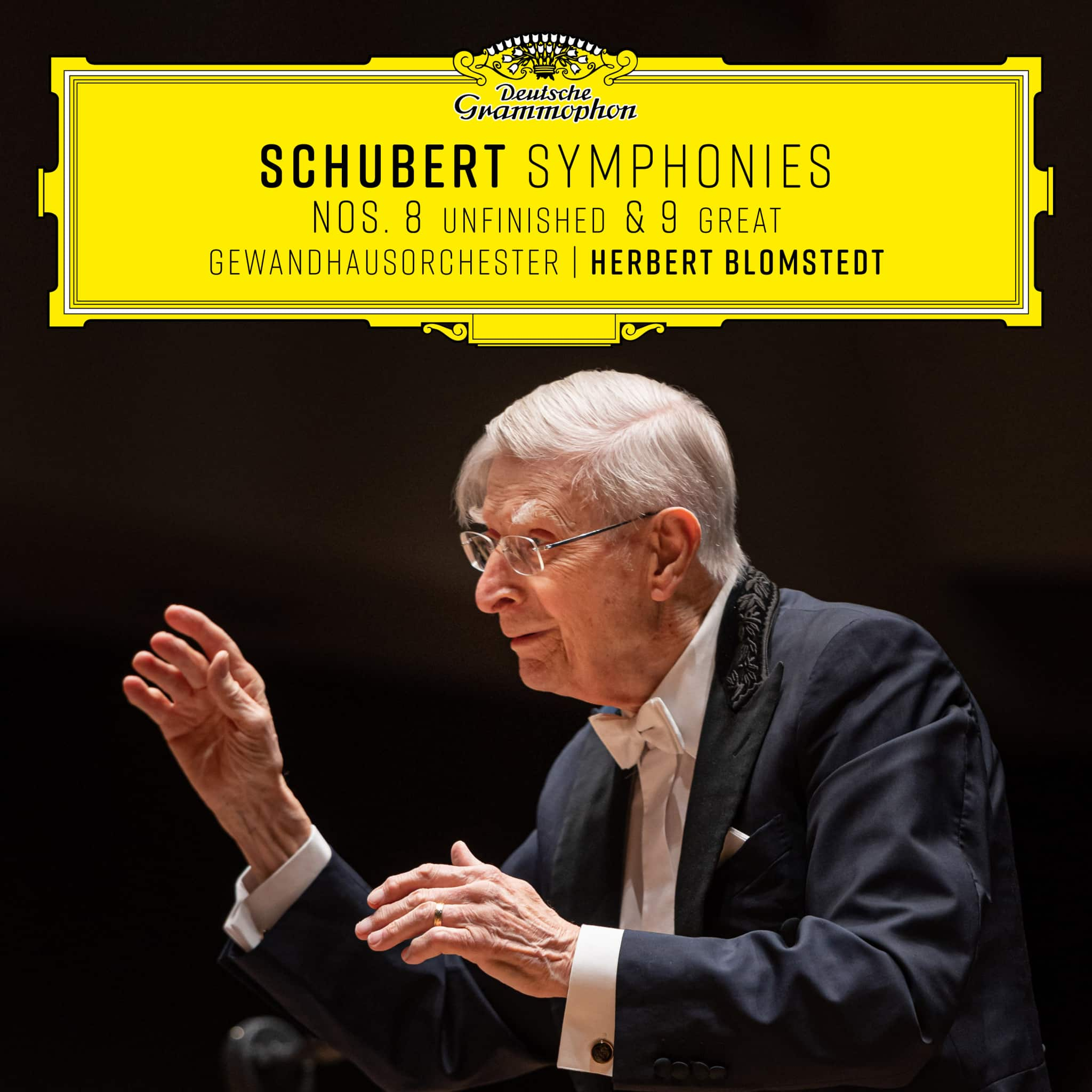Concerts and Operas
Albums
Appears On
AboutGewandhausorchester Leipzig

In contrast to the often much older court orchestras, most concert orchestras maintained by the bourgeoisie weren’t founded until the 19th century. The Leipzig Gewandhaus Orchestra, however, can look back on a much older history. Although musicians were employed by the city as early as the 15th century, the actual founding date is the year 1743, when a group of merchants established the institution known as the "Leipzig Concert". The ensemble owes its name to the Gewandhaus, which was originally a trade fair venue for the textile industry and used as a performance venue for many years. With nearly 190 permanently employed musicians, the ensemble - acting as a concert, opera, and church orchestra - is the largest professional orchestra in the world.
Through regular collaboration with the St. Thomas Boys Choir in St. Thomas Church, where Johann Sebastian Bach served as cantor from 1725 until his death in 1750, Baroque music has formed a continuous and integral part of the repertoire. The Gewandhaus Orchestra owes its worldwide reputation for excellence to its distinctive, characteristically dark timbre, and a unique tradition of interpreting major works from early to contemporary music. Numerous symphonies and other works by composers such as Beethoven, Mendelssohn, Schumann, Wagner, Brahms, and Bruckner have been performed by the orchestra. Its musical directors traditionally bear the title of Gewandhauskapellmeister. Among the important incumbents in the 19th century was Felix Mendelssohn Bartholdy, who premiered Schubert's C Major Symphony, which was only discovered posthumously.
As the successor to Wilhelm Furtwängler, Bruno Walter, and Franz Konwitschny, among others, Kurt Masur was the defining Gewandhauskapellmeister during the period of German separation. It was largely due to his commitment that the new Gewandhaus, located opposite the opera house, was opened in 1981, which remains one of the most important venues in the classical music world to this day. Its predecessor, inaugurated in 1868, was badly damaged in World War II and demolished in 1968, but an enlarged replica of the Leipzig concert hall can be found in Boston in the United States. Andris Nelsons, who took over as conductor from Masur's successors Herbert Blomstedt and Riccardo Chailly, also serves as Music Director of the Boston Symphony Orchestra. Co-production projects between the two orchestras from the old and new worlds are now among the Gewandhaus Orchestra's many hallmarks.






















